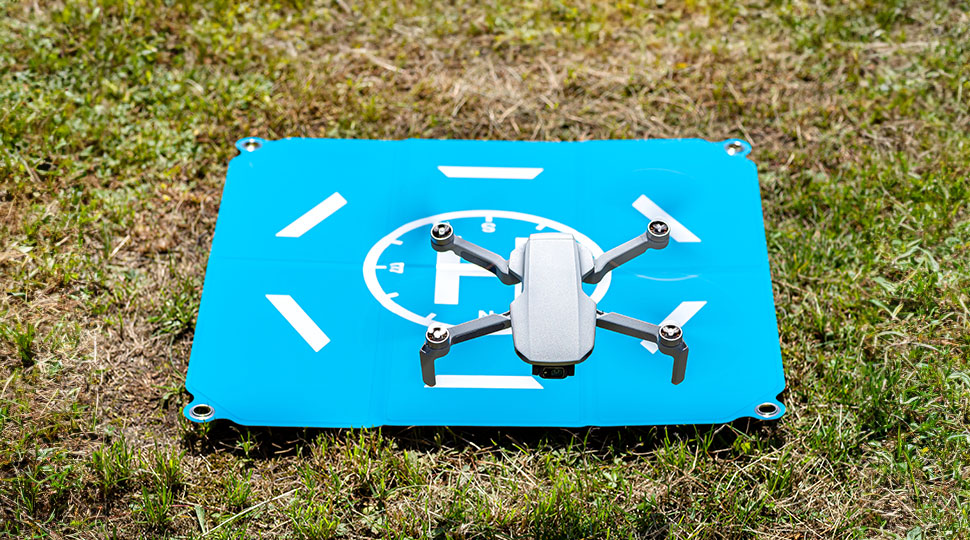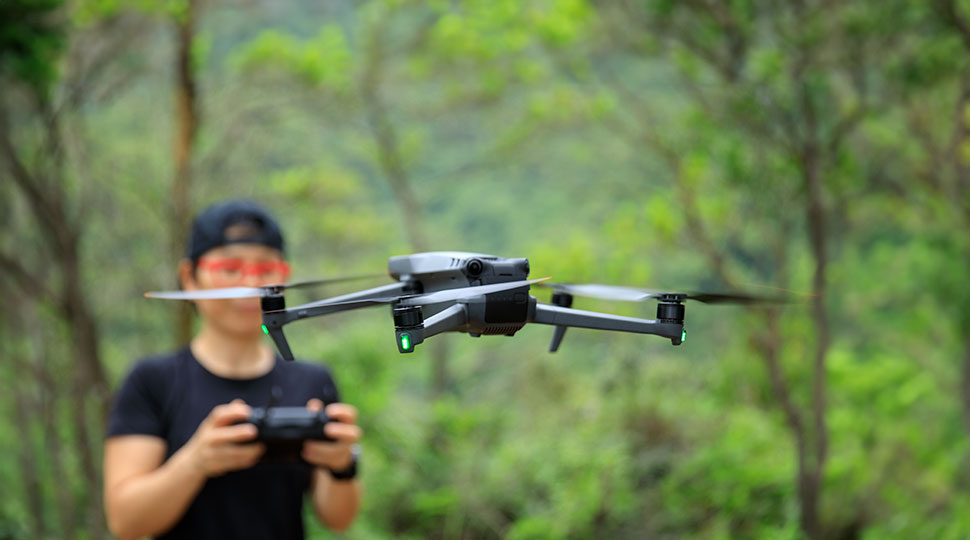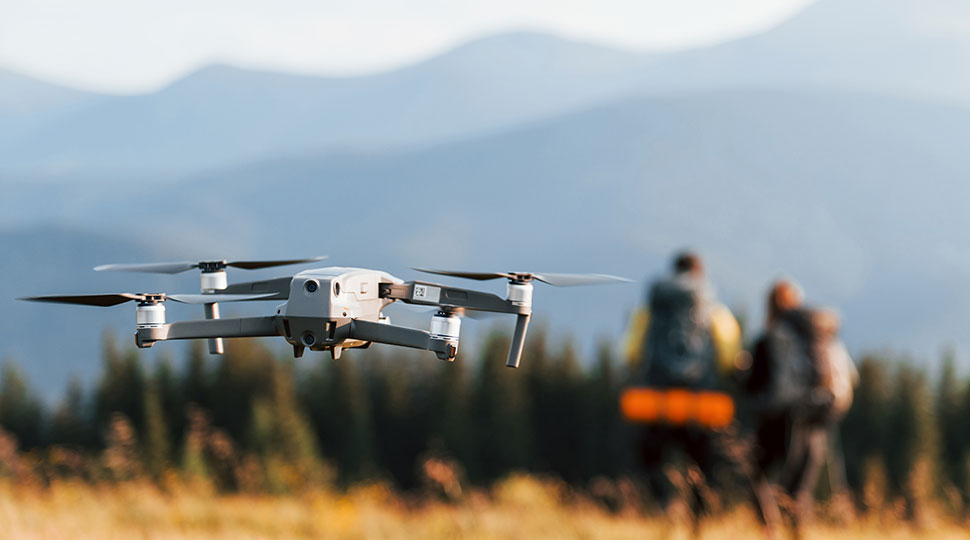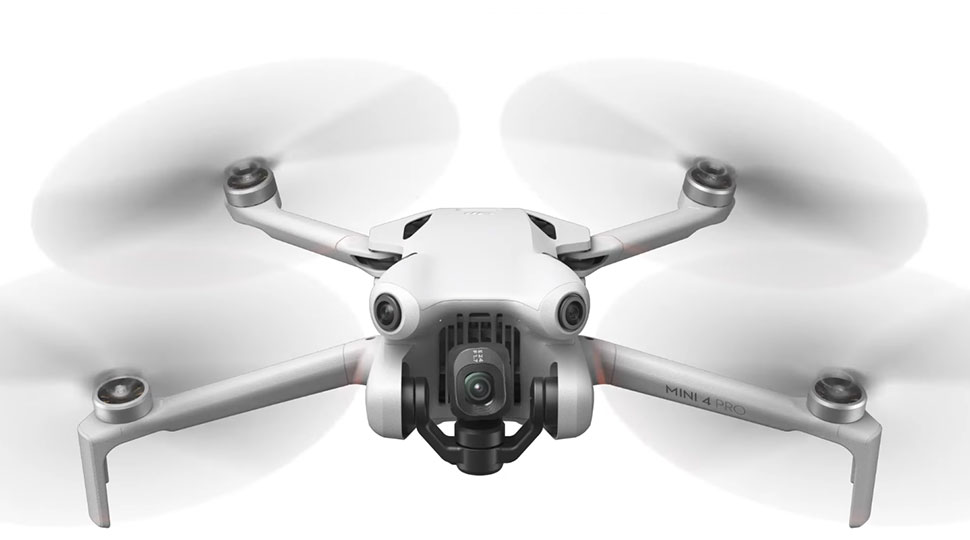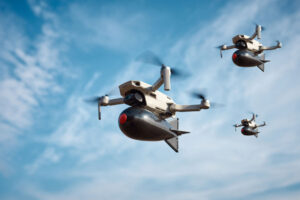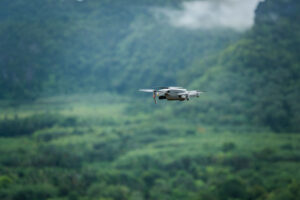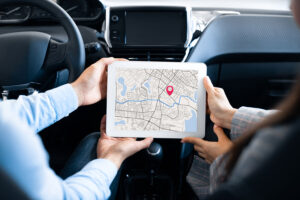The world of flight has undergone a significant transformation in recent years, with the emergence of autonomous technology playing a pivotal role. At the forefront of this innovation is AI-powered drones technology, which has enabled these advanced flying machines to navigate complex environments, collect data, and perform tasks without human intervention.
This shift towards autonomy has opened up new possibilities for various industries, from agriculture and construction to surveillance and beyond.
As we explore the capabilities of AI-powered drones, it becomes clear that their impact will be felt across multiple sectors. With their ability to collect precise data, detect obstacles, and adapt to changing environments, these advanced flying machines are poised to revolutionize the way we work and live. From precision farming to real-estate marketing, the applications of AI-powered drones are vast and varied.
Advancements in Autonomous Flight Technology
The rapid advancement of autonomous flight technology has been driven by significant breakthroughs in several key areas. One of the most notable developments is the integration of sophisticated sensors and GPS systems, which have dramatically improved obstacle detection and navigation capabilities. This enables drones to fly with unprecedented precision and accuracy, making them an invaluable tool for a wide range of applications.
Another major advancement has been the increase in computing power and data storage capacity. This has enabled AI-processed drones to process vast amounts of information in real-time, allowing them to respond quickly and effectively to changing environments. For example, in agriculture, AI-powered drones can analyze soil health, crop growth, and weather patterns, providing farmers with critical insights that inform their decision-making.
The integration of advanced algorithms and machine learning techniques has also played a crucial role in the development of autonomous flight technology. These sophisticated systems enable drones to recognize patterns, adapt to new situations, and learn from experience, making them increasingly effective in a wide range of applications.
Applications of AI-Powered Drones
Agriculture
As the world’s population continues to grow, the demand for food is increasing, putting pressure on farmers to produce more while reducing costs. AI-powered drones are helping farmers meet this challenge by enabling precision agriculture practices that optimize crop yields and reduce waste. By collecting data on soil health, crop growth, and weather patterns, these advanced flying machines provide farmers with critical insights that inform their decision-making.
For example, AI-powered drones equipped with multispectral cameras can detect early signs of stress or disease in crops, allowing farmers to take targeted action to prevent losses. Additionally, drone-based crop monitoring enables farmers to identify areas where irrigation, fertilization, and harvesting can be optimized, reducing waste and improving yields. By leveraging these insights, farmers can make data-driven decisions that improve their bottom line while minimizing the environmental impact of their operations.
The benefits of AI-powered drones in agriculture don’t stop there. These advanced flying machines can also help farmers automate tedious tasks such as crop scouting, soil sampling, and pest control. By offloading these responsibilities to AI-powered drones, farmers can free up valuable time to focus on high-value activities like planning and decision-making.
Construction
The construction industry is another sector that has seen significant benefits from the adoption of AI-powered drones. These advanced flying machines are helping builders streamline their processes by capturing high-resolution images and videos of building sites, providing architects, engineers, and contractors with critical information about design, infrastructure, and site conditions.
For instance, AI-powered drones equipped with thermal imaging cameras can detect hidden defects or damage in buildings, enabling construction teams to identify and address issues before they become major problems. Additionally, drone-based site surveying enables builders to create detailed 3D models of building sites, reducing the need for physical inspections and improving communication among team members.
The benefits of AI-powered drones in construction don’t stop there. These advanced flying machines can also help builders automate tedious tasks such as inspection and monitoring, freeing up valuable time for high-value activities like planning and decision-making. By leveraging the insights provided by AI-powered drones, construction teams can improve their productivity, reduce costs, and deliver projects on schedule and within budget.
Surveillance
Surveillance is an area where the impact of AI-powered drones has been particularly significant. From border patrol to search and rescue operations, these advanced flying machines are helping authorities protect people and property in a wide range of critical situations.
When it comes to border patrol, AI-powered drones equipped with high-resolution cameras can provide real-time visual intelligence, enabling border agents to detect and respond to potential threats more effectively. This not only enhances national security but also helps to prevent human trafficking and illegal immigration.
In search and rescue operations, AI-powered drones are revolutionizing the way emergency responders operate. By providing real-time video feeds and data analysis, these advanced flying machines enable responders to locate missing persons or debris more quickly and accurately, saving valuable time and resources. This is particularly critical in situations where every minute counts, such as during natural disasters.
AI-protected drones are also playing a crucial role in disaster response efforts. By providing real-time aerial imagery and data analysis, these advanced flying machines enable emergency responders to assess damage, identify areas of need, and allocate resources more effectively. This helps to save lives, reduce injuries, and minimize the overall impact of natural disasters.
In all of these situations, AI-powered drones are helping authorities make informed decisions about emergency response and resource allocation.
By providing real-time video feeds and data analysis, these advanced flying machines enable responders to respond quickly and effectively, saving lives and property while minimizing the financial impact of disasters.
The Role of AI in Autonomous Flight
While it may seem like magic, the ability of autonomous flying machines to make decisions without human intervention is made possible by sophisticated algorithms that enable them to process vast amounts of data in real-ime. These advanced algorithms allow drones to recognize patterns, adapt to changing environments, and respond accordingly.
In other words, AI-powered drones are capable of learning and evolving over time, making them increasingly effective in a wide range of applications. This is achieved through the integration of machine learning techniques, such as neural networks, decision trees, and clustering algorithms, which enable drones to learn from their experiences and adapt to new situations.
For example, an AI-powered drone designed for search and rescue operations can be trained to recognize patterns in building structures, detect signs of life, and respond accordingly. As it flies over the area, it collects data on the environment and uses this information to adjust its flight path and decision-making in real-time.
This level of autonomy is made possible by the rapid advancements being made in AI technology, which are enabling drones to process complex data sets quickly and accurately. With the ability to learn from their experiences and adapt to new situations, AI-powered drones have the potential to revolutionize a wide range of industries, from agriculture to construction to surveillance.
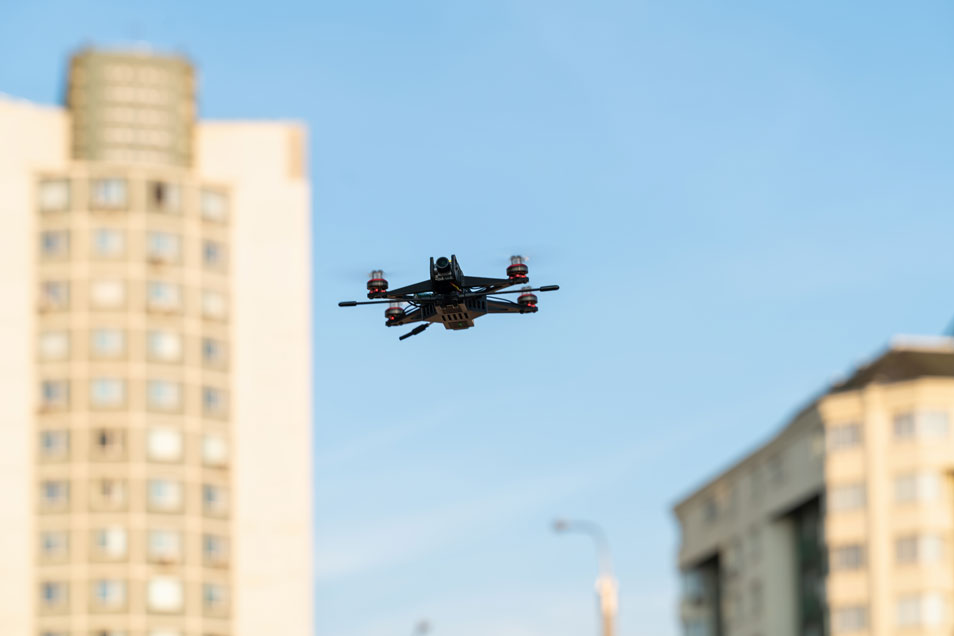
Cleared for Takeoff
In conclusion, AI-powered drones are more than just fancy flying machines – they’re game-changers.
By providing real-time data analysis, sophisticated navigation, and autonomous decision-making capabilities, these advanced flying machines are transforming industries and improving lives.
As we continue to push the boundaries of innovation, it’s clear that AI-powered drones will remain at the forefront of technological advancement.

